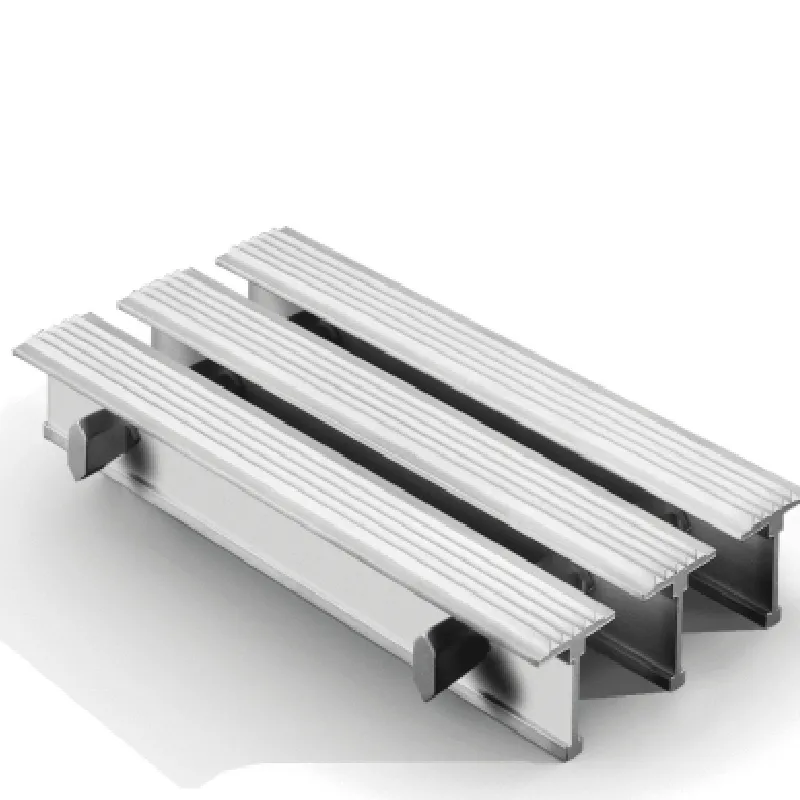- Industrial zone, South of Anping Town, Hengshui, Hebei, China.
- sales@hfpetromesh.com
- +86-18931809706
Current Trends and Factors Influencing the Price of Grating Steel in the Market Today
Understanding Grating Steel Prices Factors and Trends
Grating steel, a versatile material known for its durability and load-bearing capabilities, plays a crucial role in various industries, including construction, manufacturing, and transportation. The price of grating steel can significantly impact project budgets and overall costs, making it essential for stakeholders to understand the factors influencing these prices and current market trends.
Factors Influencing Grating Steel Prices
1. Raw Material Costs The primary ingredient in grating steel is iron ore, and fluctuations in its prices directly affect the cost of steel production. Global demand for iron ore and any geopolitical tensions in major producing regions can lead to price volatility. Furthermore, steel recycling rates can also influence the availability and price of scrap steel used in manufacturing grating products.
2. Production Costs The costs associated with producing grating steel include energy expenses, labor costs, and operational inefficiencies. As natural gas and electricity prices fluctuate, steel manufacturers may adjust their pricing strategies to maintain profitability, which can subsequently affect grating steel prices.
3. Supply and Demand Dynamics The principle of supply and demand plays a vital role in determining the market price of grating steel. In periods of high construction activity, such as infrastructure projects or industrial expansions, demand for grating steel surges, potentially driving prices higher. Alternatively, if demand dips – perhaps due to an economic slowdown – prices may decrease.
4. Regulatory Influences Environmental regulations and tariffs can impact the cost of producing and importing steel products, including grating steel. For example, the implementation of tariffs on imported steel can lead to increased prices domestically, as local producers may have to contend with higher input costs or reduced competition.
grating steel price

5. Market Trends and Forecasts Industry forecasts and market predictions also play a role in price determination. Analysts often project future supply and demand trends based on economic indicators, such as GDP growth rates, housing market trends, and industrial production figures. These forecasts can lead to speculation in the market, which can temporarily impact prices.
Current Market Trends
As of late 2023, the grating steel market has been experiencing its own unique set of challenges and opportunities. The post-pandemic recovery has seen a resurgence in construction activities, particularly in emerging markets where infrastructure development is a priority. This upswing has led to a boosted demand for various steel products, including grating.
In addition, the ongoing transition toward sustainable construction practices has started to influence the types of materials being used. Many manufacturers are investing in eco-friendly production methods and sourcing recycled materials, which can affect pricing structures. Buyers are now considering not just the initial cost but the lifecycle costs of the grating steel products, including their environmental impact.
Over the past few months, there has been a slight easing of grating steel prices from their peak levels earlier in the year; however, analysts caution that any sudden disruptions in supply chains or changes in raw material availability could lead to price fluctuations.
Conclusion
The price of grating steel is influenced by a myriad of factors that range from raw material costs to international market dynamics. Understanding these influences can help businesses effectively navigate the market, anticipate changes, and make informed purchasing decisions. As the construction industry evolves, staying abreast of market trends will be vital for stakeholders looking to manage costs and optimize their supply chains in the world of grating steel.
-
The Power of Pyramid Shaker Screen - A 3-Dimensional SolutionNewsOct.24,2024
-
Exploring the Versatility and Durability of Steel GratingNewsOct.24,2024
-
Revolutionizing Drilling Efficiency with Steel Frame Shaker Screens for Mud Shale ShakersNewsOct.24,2024
-
Potential of Shale Shaker ScreensNewsOct.24,2024
-
Offshore Pipeline Counterweight Welded Mesh - Reinforced Mesh in Marine EngineeringNewsOct.24,2024
-
Revolutionizing Offshore Pipeline Stability with Concrete Weight Coating MeshNewsOct.24,2024
